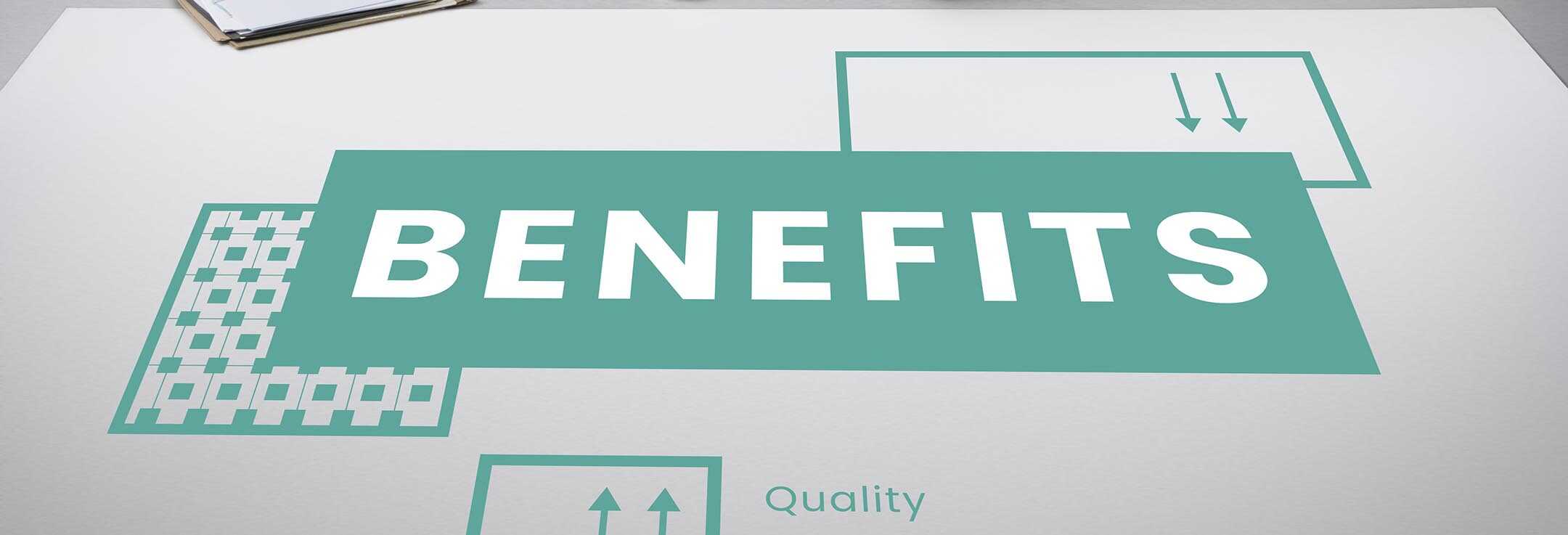The concept of the “Golden Thread” has become central to discussions around building safety, particularly in the wake of regulatory changes following high-profile construction failures in the UK. This principle refers to the need for accurate, up-to-date and easily accessible information about a building throughout its lifecycle, from design and construction through to occupancy and maintenance. At its core, the Golden Thread ensures that safety is not an afterthought but a built-in component of every decision made.
As part of this evolving framework, risk inspections have taken on a new level of importance. These inspections are more than just regulatory checkboxes. They represent a structured, accountable process for identifying, documenting and mitigating risks. When carried out effectively, they uphold the integrity of the Golden Thread, while also supporting the wider objectives of building warranty coverage and ongoing compliance.
The Golden Thread in Building Safety
Core objectives
The Golden Thread is rooted in three main principles: accountability, transparency and the accurate sharing of safety information. It ensures that all duty holders, from designers and contractors to building owners and facilities managers, have access to the same essential data. This creates a single, consistent source of truth, helping to inform better decisions and enable faster responses to potential issues.
Legal and regulatory context
The Building Safety Act 2022 has made the Golden Thread a legal requirement for certain high-risk buildings. It outlines the obligations of duty holders to maintain comprehensive records of a building’s design, construction and alterations. These records must be updated regularly and be easily accessible to regulators and occupants alike. Within this legal structure, risk inspections form a vital part of the compliance process and contribute directly to the delivery of a secure and robust building warranty.
What Risk Inspections Involve
Scope and process
Risk inspections involve a comprehensive assessment of both the physical site and the documentation that supports it. Inspectors will look at materials, structural elements, health and safety measures and whether building practices align with approved plans. They identify hazards, document observations and report on areas where compliance may be lacking. This level of detail helps ensure that the inspection is a valuable input into long-term safety planning.
Frequency and timing
Risk inspections are not limited to one phase of a building’s development. They can occur during the design phase, throughout construction and after occupancy begins. Each inspection serves a different purpose, such as checking for design flaws, construction defects or maintenance concerns. All of them contribute to a building’s overall safety narrative. Timely inspections are essential for ensuring that building warranty requirements are met and that risks are addressed early.
How Risk Inspections Feed into the Golden Thread
Data capture and traceability
One of the most important contributions of risk inspections to the Golden Thread is the creation of accurate, time-stamped records. These documents form a key part of the building’s safety file and can be accessed by duty holders, regulators and building warranty providers. Traceable inspection data allows for a clear audit trail, making it easier to hold parties accountable and take corrective action when needed.
Risk mitigation
By identifying issues before they escalate, inspections play a direct role in reducing safety risks. Whether it’s spotting a structural defect or noting a non-compliant installation, early detection through routine inspections allows for timely fixes. This not only protects the physical structure but also safeguards the investment tied to a building warranty, reducing the likelihood of costly claims down the line.
Continuous improvement
Inspections also provide insight into long-term patterns. Developers and construction firms can use inspection data to identify recurring issues and make improvements in design or execution. In this way, inspections help create a feedback loop that supports safer and more efficient future builds.
Benefits of Integrating Inspections into the Golden Thread
A well-implemented inspection strategy enhances decision-making for all parties involved in a building project. With accurate data in hand, duty holders can make informed choices about materials, safety measures and corrective actions. This level of transparency also strengthens legal protection, as having a clear record of compliance can be a strong defence in the face of disputes or claims.

From a public perspective, robust inspection procedures can also increase confidence in the safety of a building. Whether it’s residents, tenants or commercial occupants, knowing that a building’s safety has been independently verified and continuously monitored adds a layer of trust that’s invaluable in today’s market.
Challenges and Barriers
Data management issues
One of the major challenges with integrating inspections into the Golden Thread is the effective handling of data. Many firms still rely on outdated or siloed systems, which can make it difficult to store and share inspection findings consistently. Without a unified digital platform, key insights may be lost or overlooked.
Consistency across stakeholders
Another obstacle is the variation in how inspections are carried out between different contractors, inspectors and developers. Inconsistent approaches can lead to gaps in the safety record and reduce the effectiveness of the Golden Thread. Standardised procedures and training can help bridge these gaps and ensure that all stakeholders contribute to a reliable safety framework.
Best Practices for Aligning Risk Inspections with the Golden Thread
The most effective way to align inspections with the Golden Thread is through the use of digital tools that allow for easy recording and storage of data. Platforms that integrate inspection logs, photographic evidence and compliance certificates can streamline the entire process and ensure that nothing is missed.
Equally important is the training and competency of inspectors. Ensuring that those carrying out risk assessments are qualified and up to date with current regulations is essential. Open communication between architects, contractors and inspectors also helps create a shared understanding of safety objectives and how best to meet them.
Linking Inspection to Safer Buildings
When viewed as part of a wider strategy, risk inspections are a linchpin in building safety. Integrating inspection findings into the Golden Thread helps maintain a continuous line of accountability, ensuring that everyone involved in a project is working from the same evidence-based foundation. By making inspections a proactive and transparent part of the process, the industry can reduce risk and deliver more robust support for every building warranty in place.
A commitment to consistent, high-quality inspections is essential for anyone aiming to meet the standards of today’s regulatory environment. It not only reinforces the strength of a structural safety file but also supports the long-term reliability of your building warranty.
Contact Buildsafe to learn how structured inspections and building warranty solutions can help you deliver safer, more compliant developments.






